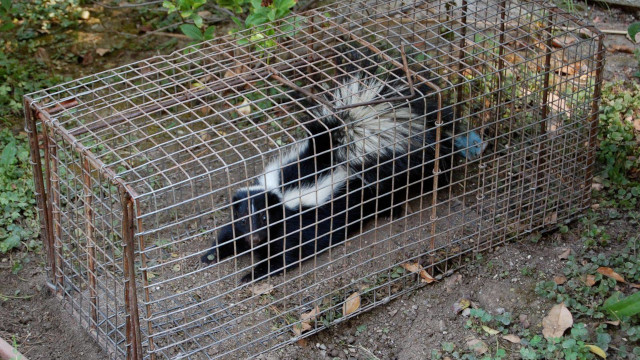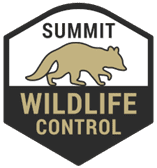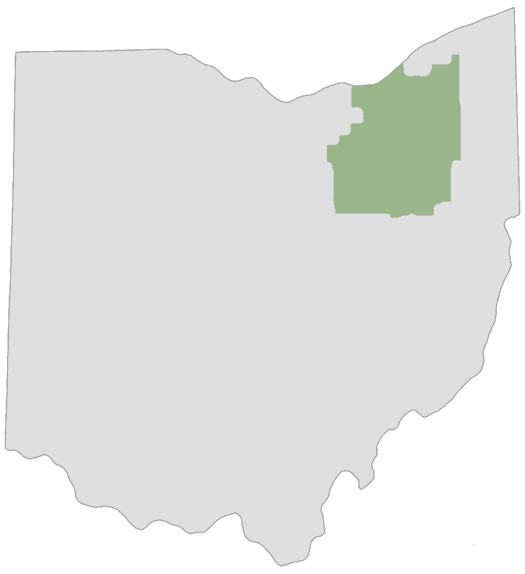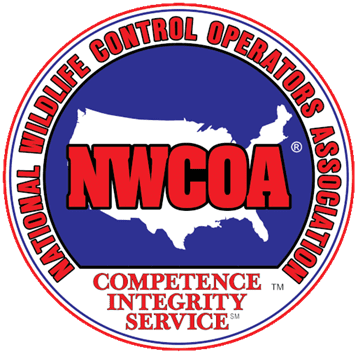So you have an uninvited guest of the four-legged variety. When you call for help, what should you expect? Nuisance wildlife removal — or critter control — is something many homeowners never expect to deal with. But when it happens it’s good to know in advance what is involved.

Typically, the whole encounter begins with a shriek, a sound, or an odor. The shriek happens when someone sees the snake, bat or rat in the home for the first time. The sound is usually the pitter-patter of little paws running across the attic or crawlspace above your head. Lastly, the odor—arguably the worst-case scenario—is from the animal’s feces or the decomposing body of the animal that has died somewhere in your home.
Upon arriving at your home, we will do a thorough inspection using various tools and methods to identify the animal (if it isn’t already obvious). We locate where the animal is entering your home and where it may be nesting. This is typically a wall, the attic or crawlspace, inside the chimney, or underneath your floorboards. We then offer consultation on options, methods of removal, and the time it will take and costs.
What is Involved in Critter Control
If the animal has found its way in through an open window or door, removal is usually simple. We use a net or a pair of leather gloves to catch the culprit and release it outside if permitted by law. However, for animals nesting inside the structure, the problem is no longer simple and the solution takes time. In these situations, the use of live traps is the typical choice.
We will place traps in and around the area the animal uses to enter and exit the home, checking them daily and resetting them if necessary. The type of trap we use and where it is located depends on the type of animal we’re dealing with. Often times, we set up multiple traps to cover a larger area or if we’re dealing with multiple animals.
Trapping and removing nuisance wildlife from your home is only half the battle. Cleanup and exclusion are the next steps.
After Trapping and Removal
Once we have trapped and removed the animal we’ll deal with the nest. The nest is located, evaluated, and clean-up begins. We suit up for this, using biohazard suits and respirators (yes, it is that serious). The nest area will contain animal droppings that, in many cases—such as when dealing with raccoons—carry harmful pathogens. We take precautions so we don’t inhale airborne particulates from the nest area or spread them around to other parts of the home. Cleanup involves removing all nesting material, disinfecting and deodorizing the area, and evaluating any damage to the structure as a result of the nest.
If we’re dealing with wildlife that has entered your home and died, our job gets a little more involved. Our job is, of course, finding and removing the remains of the animal. Again, we suit up for this with our biohazard suits and respirators (this is the nasty part of the job!) The area around the animal is usually contaminated with harmful bacteria and will need to be dealt with. Once we find and remove the carcass, we will deodorize and sanitize the area to ensure we kill any harmful microorganisms and bacteria.
Exclusion and Consultation
After all of the removal and cleanup work has been done it’s time to ensure wildlife can’t return. Wildlife exclusion simply means repairing and covering the point of entry to prevent wildlife from using it again. This can involve the installation of a simple screen or may require carpentry or masonry work to repair damaged areas of the structure.
Once we’ve completed all exclusion work, we take the time to consult with the homeowner and answer questions the family may have. We discuss everything that was done to remove the animal and the cleanup work that was performed. We go over all exclusion work and any additional recommendations for repairing the damage wildlife may have caused.
Of course, everything discussed here is subject to the type of nuisance wildlife you’re dealing with. Critter control methods depend on the type of critter, with each type of animal requiring a different approach. When you hire a nuisance wildlife removal service, ask upfront about their approach and the costs. The more complex the problem the more complex the solution and higher the cost of removal.





